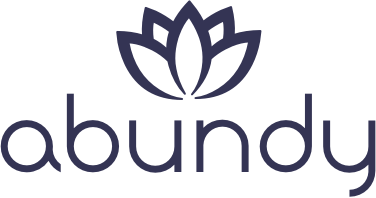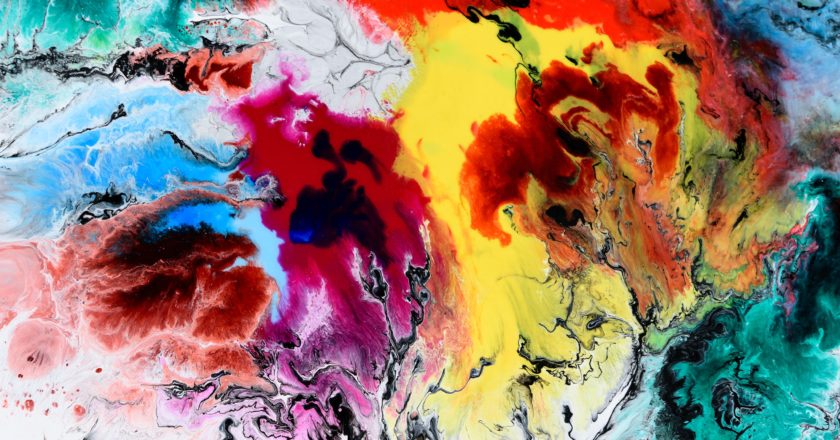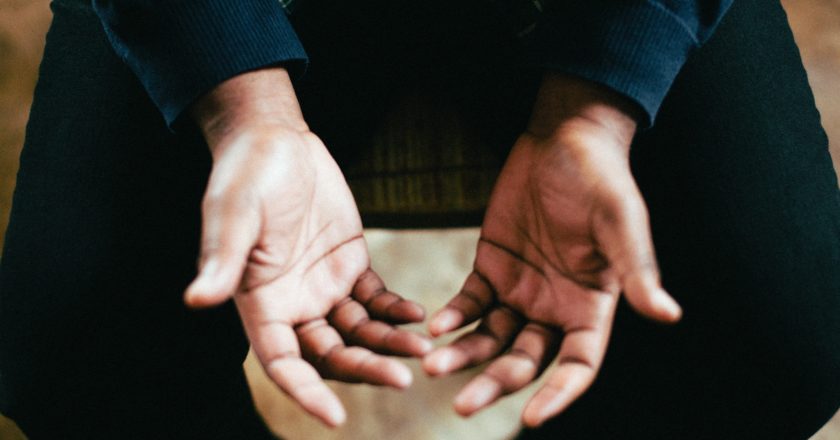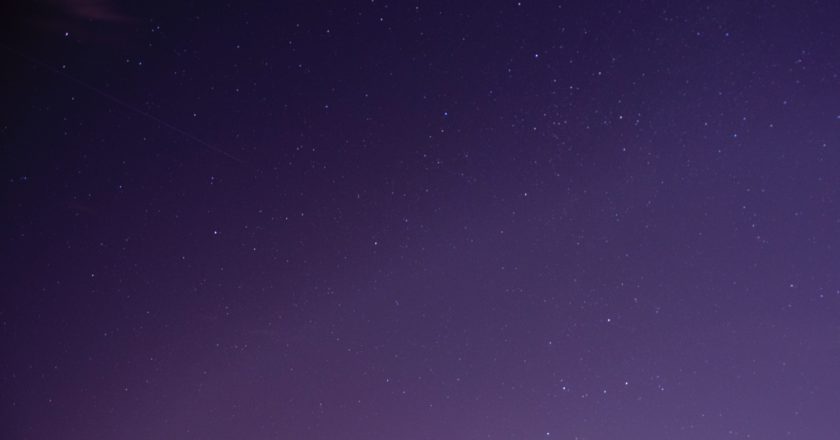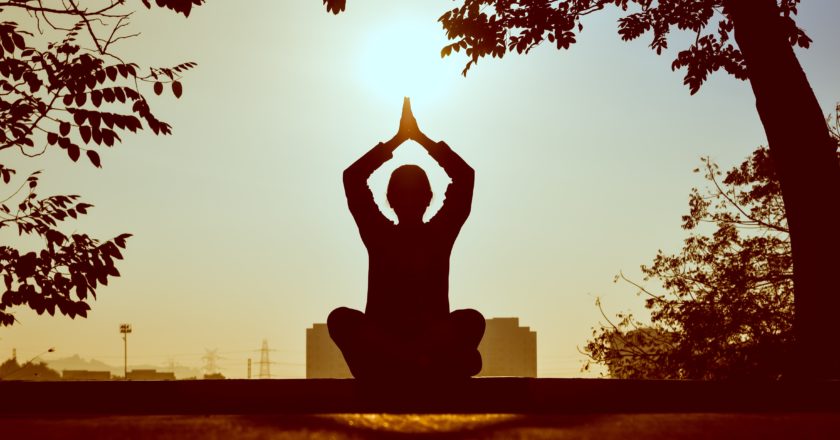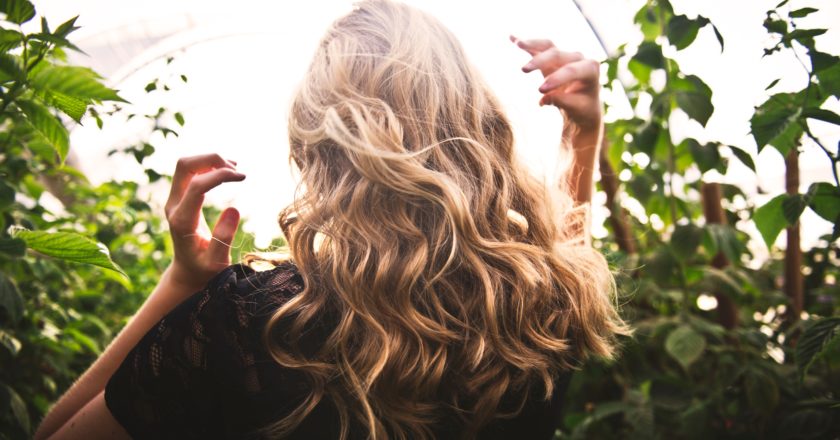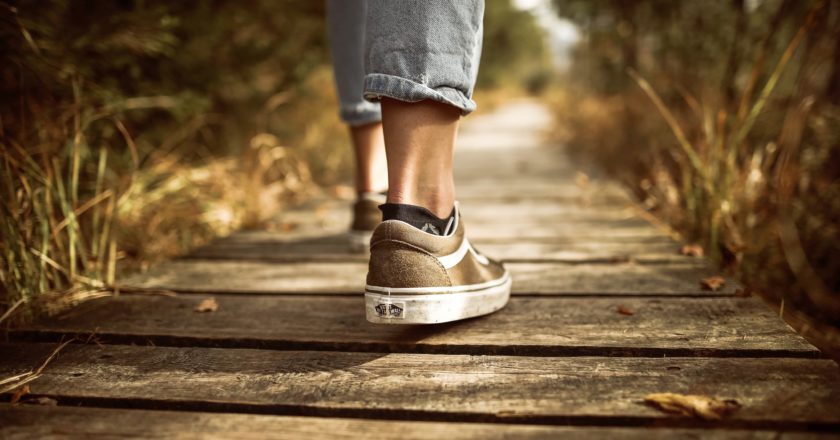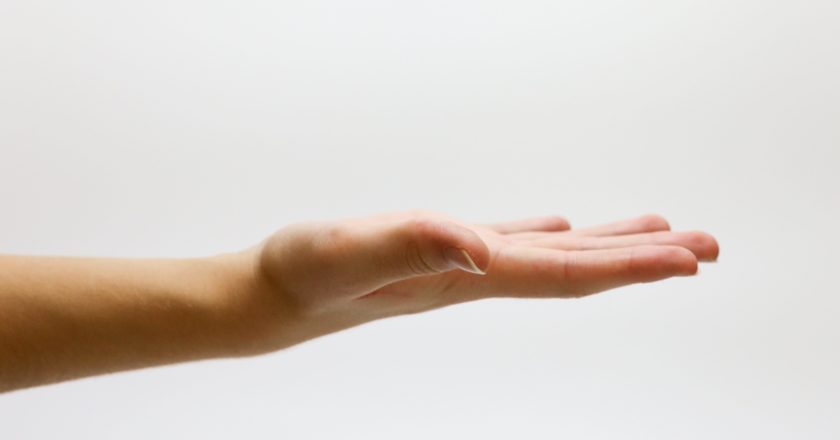Colour is a phenomenon which surrounds us and it is often taken for granted. Just think for one second about the wonder of the rainbow and the awe-inspiring spectacle of the nothern lights. Colours are the visual part of what is known as the electromagnetic spectrum, that comprises of different kinds of energy waves which range from radio waves (the longest) to cosmic energy waves (the shortest).
We also know that light is composed of colors. Along with colors, light also consists of chemical and emotional elements since it emits heat, electricity and magnetism. Light, along with its component colours, can be used for healing the mind, body and spirit. This is the basic principle behind Chromotherapy (=colour therapy). But the rediscovery of colour used as a therapy is still in its early states, as at the beginning of the Nineteenth Century Chromotherapy was temporarily replaced by allopathic medicine due to the discovery of new drugs and advances in surgery.
It is common knowledge that white light is made up of all the colours. One way of experiencing this is to shine light through a prism, which refracts the light, splitting it into the multi-coloured band known as the colour spectrum. This is because each of the colours has its own angle of refraction (they are red, orange, yellow, green, turquoise, blue, indigo, violet and magenta). Each of these colours has its own wavelength and sound frequency ranging from the longest wavelength and lowest sound frequency of red, to the short wavelength and highest sound frequency of magenta.
All the colours of the spectrum have a complementary colour, which is their opposite in the colour wheel, and they are always used for a treatment, as they tend to look balanced and brighter when they are next to each other.
Following on from the electromagnetic spectrum we know that each colour has also its own vibration, so by using colour on its own or with another therapy, we can maintain or change the vibrations of the body to a frequency which stimulates health and harmony. This because the frequency changes in the case of disease.
There are many ways to use these colours, such as coloured gem stones but you can easily wear colourful cloths, paint your home in specific colours or use coloured lamps and furniture. It’s up to you!
RED — COMPLEMENTARY COLOUR TURQUOISE
Red is a primary colour, which means that it cannot be produced by mixing any other colours. It is the colour with the longest wavelength and lowest sound frequency and, like all the other colours, it ranges from a very deep to a very pale red. It is a powerful energizer and stimulant, related to the masculine energy. If it is used in excess, it can cause aggression and sometimes restlessness. Red is the symbol of life, strength and vitality and helps to ground us, as it is connected to the base chakra and the gonads and reproductive cycle (great for the treatment of infertility). It is the colour to increase energy, raise body temperature and improve circulation and is therefore a colour of choice to use in cases of low blood pressure, anaemia and iron deficiency. When used with turquoise, red can help counteract infections and pneumonia and alleviate constipation. When red is mixed with white, it produces rose pink, the colour of spiritual love. Rose pink can be used in conjunction with violet for a broken heart. Violet restores dignity and self-respect and rose pink fills the person with spiritual love. Red should NOT be used when there is anxiety, emotional stress, high blood pressure or asthma.
ORANGE — COMPLEMENTARY COLOUR BLUE
Orange is a combination of red and yellow, thereby influencing both physical vitality and intellect. Related to the adrenals glands, it is the symbol of the feminine energy of creation. This is the colour of joy, the colour of dance, and as such is good for treating depression. Its antispasmodic effect works in cases of muscles spasms and cramp. It is also used in cases of kidney stones, gall stones, or for colds, underactive thyroid and bronchitis, fatigue or exhaustion.
GOLD — COMPLEMENTARY COLOUR INDIGO
Gold is the colour of wisdom and is indicative of high spirituality. In healing, this colour is only used with its complementary colour indigo, and for energising the body at the end of the treatment.
YELLOW — COMPLEMENTARY COLOUR VIOLET
Yellow is one of the three primary pigment colours and it is related to the solar plexus chakra which governs the pancreas, controls the digestive system and helps to purify the body through its eliminating action on both the liver and the intestines. The yellow rays carry positive, magnetic currents which are inspiring and stimulating. These rays strengthen the nerves, stimulate the intellect and activity the motor nerves in the physical body, thereby generating energy in the muscles. This colour is used to treat partial or complete paralysis, diabetes, indigestion, fractured or broken bones and all arthritic conditions. Yellow works on the skin by improving its texture, cleansing, healing scars, and helping conditions such as eczema and psoriasis.
GREEN — COMPLEMENTARY COLOUR MAGENTA
Green is a combination of yellow and blue. Yellow being the last colour on the magnetic side of the spectrum and blue, the first on the electrical side, green is the colour of balance. It is the dominant colour of the heart chakra and has the power to harmonise the yin and yang in the body. It also has a harmonising effect on three aspects of a human being, namely body, mind and spirit. Green also possesses antiseptic properties, enabling it to be used in cases of infection. It also has the ability to detoxify, which makes it invaluable for use on a toxic liver and it is useful in constipation, shock and certain heart conditions.
TURQUOISE — COMPLEMENTARY COLOUR RED
Turquoise is a combination of blue and green. It is related to the thymus gland and located close to it. The thymus gland is part of our immune system, therefore turquoise is a good colour to use to strengthen this. Turquoise has the ability to calm, making it an excellent colour to use for nervous tension.
BLUE — COMPLEMENTARY COLOUR ORANGE
Blue is the dominant colour of the throat chakra. Like red, it is a primary or pure colour. But unlike red, which acts as a stimulant, blue has a relaxing and expanding effect, and is used on asthmatics. This is because it is symbioses tranquillity, peace, inspiration and devotion. Blue is an excellent colour for healing and meditation. It is also a good colour to wear during pregnancy. The throat chakra is the centre of communication and creativity. Those people who communicate with difficulty, or work mainly with their intellect, will benefit from treatment with the blue ray. Other disorders which respond well to blue are tension, fear, insomnia, anxiety, jaundice, diarrhoea and mastitis. However an excess of blue can cause depression.
INDIGO — COMPLEMENTARY COLOUR GOLD
This colour is a combination of blue and violet and is related to the brow chakra. It is associated with the mind, eyes and ears, and therefore it is used for cataracts and sinus problems. It is a strong painkiller and has antiseptic properties. Indigo, applied with its complementary colour gold, is used for headaches, neuralgic pain, insomnia, eye strain, angina, muscular strains, hepatitis, inflammation and sciatica.
VIOLET — COMPLEMENTARY COLOUR YELLOW
This colour is related to the crown chakra and pertains to spirituality, self-respect and dignity. It is very beneficial to psychological disorders such as schizophrenia and manic depression. It also helps sciatica, diseases of the scalp and all disorders connected with the nervous system.
MAGENTA — COMPLEMENTARY COLOUR GREEN
Magenta is composed of red and violet and is associated with release or letting go. On a mental level infact, magenta enables us to let go of ideas and thought patterns which have become irrelevant. Emotionally, it helps us to let go of old feelings which are preventing us from moving forward. On the physical level, it leads us to relinquish physical activities which we have outgrown. Magenta is beneficial in tinnitus, benign cysts and detached retinas.
